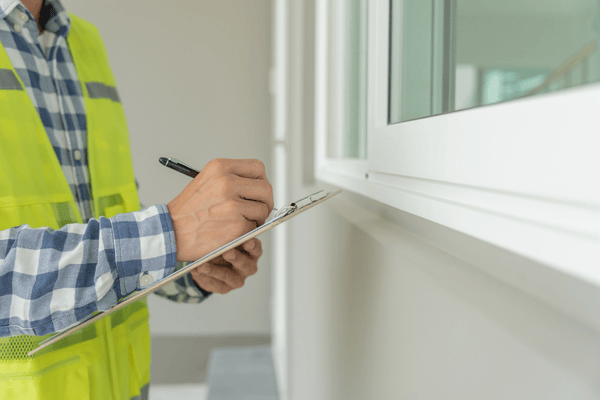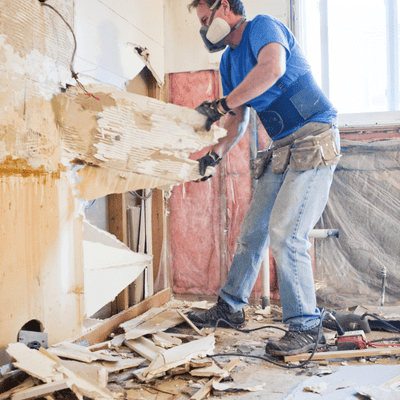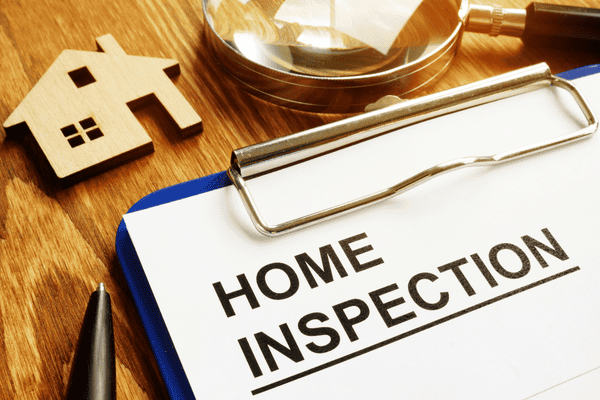Uh-oh, They Found Mold—Now What?
Buying or selling a home is a rollercoaster of emotions—excitement, anticipation, and, sometimes, unexpected bumps in the road. One of those bumps? Mold. Few words can send a real estate deal into panic mode faster than “the inspector found mold.” But before you hit the brakes on your dream home (or your sale), take a deep breath.
Mold showing up on a home inspection report doesn’t have to be a dealbreaker or a financial nightmare. The key is understanding what it means, how serious the issue is, and what steps to take next. In this guide, we’ll break it all down—whether you’re a buyer, seller, or real estate agent—so you can move forward with confidence.
Why Mold Shows Up in a Home Inspection

Picture this: You’re anxiously awaiting the results of your home inspection, only to hear that moisture issues were found. While the inspector may not be looking for mold specifically, they are trained to spot red flags—like leaks, high humidity, and poor ventilation—that could mean trouble down the road.
Here’s what might be triggering a mold problem in the home.
- Hidden Moisture Problems – Leaky roofs, plumbing leaks, and poor drainage create the perfect environment for mold to thrive.
- High Humidity & Poor Ventilation – Bathrooms, attics, and crawl spaces often trap moisture, allowing mold to grow.
- Past Water Damage – If a home has experienced flooding, water leaks, or previous mold growth, spores may still be present.
- Condensation Issues – Cold surfaces like windows and pipes can collect condensation, leading to mold in those areas.
If an inspector suspects mold, they may recommend mold testing or suggest hiring a qualified professional like Howard Environmental to confirm and assess the severity of the issue.
How Bad Is It? Understanding the Severity of Mold
Finding a small patch of mold in a bathroom corner is very different from discovering black mold spreading through the walls. Here’s how to tell whether the problem is a minor nuisance or a serious hazard:
| Severity Level | What It Looks Like | Potential Risks | Recommended Action |
| Minor Mold | Small spots in showers, near windows, or on bathroom ceilings | Mostly cosmetic; may cause mild allergies | Clean with vinegar or hydrogen peroxide, and improve ventilation |
| Moderate Mold | Larger patches or mold that keeps coming back in the same place | Could indicate an ongoing moisture issue | Find and fix the moisture source; consider mold-resistant materials |
| Severe Mold | Found inside walls, under flooring, or in HVAC systems | Structural damage, potential health risks | Hire a mold remediation specialist |
There are different types of mold, some more harmful than others. Black mold (Stachybotrys) is one of the more concerning varieties, often requiring immediate action. Read more about mold health risks here: CDC Mold & Your Health.
What to Do If Mold Is Found in Your Home Inspection

First things first: don’t panic. Mold issues are common, and there are solutions. Here’s what to do next:
For Buyers:
- Request a second opinion – Home inspectors can only flag suspected mold. A mold specialist can confirm the severity.
- Negotiate for repairs or a credit – If mold is found, ask the seller to cover the cost of remediation or reduce the price.
- Understand your financing options – Some loan programs, like FHA or VA, may require mold remediation before approval.
For Sellers:
- Get ahead of the issue – If you suspect mold, get a professional assessment before listing your home.
- Provide full disclosure – Most states require you to disclose mold issues. Transparency builds buyer confidence.
- Consider a pre-listing remediation – Removing mold before listing can prevent last-minute deal-breaking surprises.
Mold Remediation: Removing and Preventing Mold Growth
Once you’ve confirmed an issue, the next step is to eliminate it. Mold remediation can vary based on the severity of the problem:
DIY Mold Cleanup (for Small Areas Less Than 10 Sq. Ft.)
- Wear gloves and a mask to avoid inhaling spores.
- Use a mixture of white vinegar or hydrogen peroxide on the affected area.
- Scrub with a stiff brush and dry the area thoroughly.
- Improve ventilation to prevent regrowth.
Professional Remediation (for Larger or Hidden Mold Issues)

- Step 1: Inspection & Air Quality Testing – Professionals identify mold type and extent.
- Step 2: Containment – The area is sealed to prevent spores from spreading.
- Step 3: Removal & Treatment – Affected materials may be removed, and antimicrobial treatments applied.
- Step 4: Prevention – Recommendations for improved ventilation, dehumidifiers, or waterproofing.
The cost of professional mold removal typically ranges from $500 to $6,000, depending on the extent of the growth.
Preventing Future Mold Growth
- Fix leaks and improve ventilation.
- Use dehumidifiers in problem areas.
- Regularly inspect for moisture buildup.
Impact on Home Value and Sale Process
Mold can affect a property’s value depending on its severity. Here’s how it factors into the transaction:
- Buyer confidence: A home with mold issues can scare off potential buyers.
- Required disclosures: Many states, including Texas, require sellers to disclose past or current mold issues.
- Negotiation leverage: Buyers can request repairs or a lower price to compensate for mold remediation costs.
A home with minor mold issues might only need a quick cleaning, but if mold is extensive, expect buyers to negotiate harder. If a home has had a history of mold but has been professionally remediated, providing documentation and warranties can help ease buyer concerns and prevent deal delays.
Should You Walk Away? When Mold Is a Dealbreaker
While some mold issues are manageable, others might signal a home with significant problems.
Here’s when you should reconsider the purchase:
- Extensive mold damage: If mold is widespread and embedded in structural areas.
- High remediation costs: If the cost exceeds what you’re willing or able to invest in repairs.
- Health risks: If you or your family have mold sensitivities or respiratory conditions.
When You Might NOT Need to Walk Away:
- The mold is confined to an easily accessible, non-structural area (e.g., surface-level bathroom mold).
- The seller is willing to cover remediation costs or lower the sale price.
- The home has no history of long-term water damage and mold is a recent, fixable issue.
If you’re unsure, consult professionals such as Howard Environmental to get a better understanding of what remediation will involve.
Read more: Mold-Free Home Sweet Home: The Critical Need for Mold Testing Before Buying or Selling in Austin
Final Verdict: Mold Isn’t the End—It’s a Fixable Problem
Finding mold in a home inspection doesn’t have to derail your home-buying journey. The main steps include:
- Understanding the severity of the issue.
- Getting mold testing if necessary.
- Negotiating solutions when buying a home.
- Taking measures to prevent future mold growth.
If you’re facing mold concerns, Howard Environmental offers expert mold inspections and testing services in Austin, Bee Cave, Round Rock, and surrounding areas.
Contact us today for an honest, no-nonsense evaluation from a team that truly puts your needs first.

